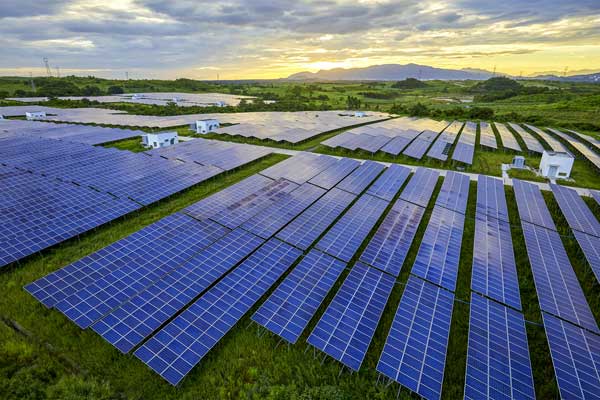
The report offers comprehensive information about the rooftop solar PV global market, rooftop solar PV capacity and share of rooftop solar PV in the total solar PV cumulative capacity during the period 2012-2030, globally, by regions and major countries. It also covers the market size for the 2013-2030 period. The report covers 12 major countries in the market: Australia, Belgium, China, France, Germany, India, Italy, Japan, the Netherlands, United Kingdom, United States and Vietnam. Each section provides an overview of the country’s rooftop solar PV market, along with installed solar PV capacity for 2012-2030, market size (2013-2030), segmentation, and market drivers and restraints affecting the market, major active and upcoming rooftop solar PV plants in each country, major tenders and contracts, and brief information about the major manufacturers in the country.
The delay in shipments, combined with a lack of availability of workforce, caused a major hindrance in the value chain. Cost is expected to moderately increase in 2022, before declining gradually between 2023 and 2030 thanks to advancements in technology, the reduction of component posts and the increasing scale of production. Some countries have provided temporary relief in the form of incentives and rebates to overcome the pandemic’s challenges.
In 2020, the global rooftop cumulative solar PV capacity stood at 248.8 gigawatts (GW), which showed an increase of 23.8% compared to 2019. The Asia-Pacific region accounted for 53.5% of the market share – with China alone accounting for 12.4% of the global market. Europe and North and South America (NA&SA) accounted for a respective 29.1% and 13.6%. Governments in the region are promoting rooftop solar PV installations through various long-term policies, financial incentives, subsidies and tax benefits.
A third of global rooftop solar cumulative capacity was installed in residential areas in 2020, with the rest present in the commercial and industrial (C&I) segment.
The transition of both residential and C&I consumers to ‘prosumers’ – someone that both produces and uses their own electricity – is increasing due to the adoption of solar panels within building materials and a preference for small-scale solar in smart cities and microgrids. These are expected to stabilise growth in rooftop solar installations.